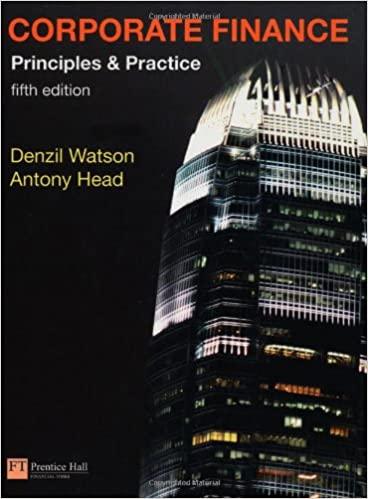Saved Help Sav portfolio manager summarizes the input from the macro and micro forecasters in the following table: Micro Forecasts Residual Expected Standard Asset Return (2) Beta Deviation () Stock A 26 1.7 53 Stock B 24 2.3 62 Stock 23 1.5 59 Stock D 15 1.6 46 Macro Forecasts Expected Return Asset T-bills 13 Passive equity portfolio 19 Standard Deviation (9) 0 30 a. Calculate expected excess returns, alpha values, and residual variances for these stocks. (Negative values should be indicated by a minus sign. Do not round intermediate calculations. Round "Alpha values" to 1 decimal place.) Stock A Stock C Stock B % Stock D % % % % % % Excess returns Alpha values Residual variances % b. Compute the proportion in the optimal risky portfolio. (Do not round Intermediate calculations. Enter your answer as decimals rounded to 4 places.) Proportion c. What is the Sharpe ratio for the optimal portfolio? (Do not round intermediate calculations. Enter your answers as decimals rounded to 4 places.) Sharpe ratio d. By how much did the position in the active portfolio improve the Sharpe ratio compared to a purely passive index strategy? (Do not round intermediate calculations. Enter your answers as decimals rounded to 4 places.) Active portfolio d. By how much did the position in the active portfolio improve the Sharpe ratio compared to a purely passive index strategy? (Do not round Intermediate calculations. Enter your answers as decimals rounded to 4 places.) Active portfolio e. What should be the exact makeup of the complete portfolio (including the risk-free asset) for an investor with a coefficient of risk aversion of 3.8? (Do not round intermediate calculations. Round your answers to 2 decimal places.) es Bills M A Final Positions % % % % % % B D Total Saved Help Sav portfolio manager summarizes the input from the macro and micro forecasters in the following table: Micro Forecasts Residual Expected Standard Asset Return (2) Beta Deviation () Stock A 26 1.7 53 Stock B 24 2.3 62 Stock 23 1.5 59 Stock D 15 1.6 46 Macro Forecasts Expected Return Asset T-bills 13 Passive equity portfolio 19 Standard Deviation (9) 0 30 a. Calculate expected excess returns, alpha values, and residual variances for these stocks. (Negative values should be indicated by a minus sign. Do not round intermediate calculations. Round "Alpha values" to 1 decimal place.) Stock A Stock C Stock B % Stock D % % % % % % Excess returns Alpha values Residual variances % b. Compute the proportion in the optimal risky portfolio. (Do not round Intermediate calculations. Enter your answer as decimals rounded to 4 places.) Proportion c. What is the Sharpe ratio for the optimal portfolio? (Do not round intermediate calculations. Enter your answers as decimals rounded to 4 places.) Sharpe ratio d. By how much did the position in the active portfolio improve the Sharpe ratio compared to a purely passive index strategy? (Do not round intermediate calculations. Enter your answers as decimals rounded to 4 places.) Active portfolio d. By how much did the position in the active portfolio improve the Sharpe ratio compared to a purely passive index strategy? (Do not round Intermediate calculations. Enter your answers as decimals rounded to 4 places.) Active portfolio e. What should be the exact makeup of the complete portfolio (including the risk-free asset) for an investor with a coefficient of risk aversion of 3.8? (Do not round intermediate calculations. Round your answers to 2 decimal places.) es Bills M A Final Positions % % % % % % B D Total









